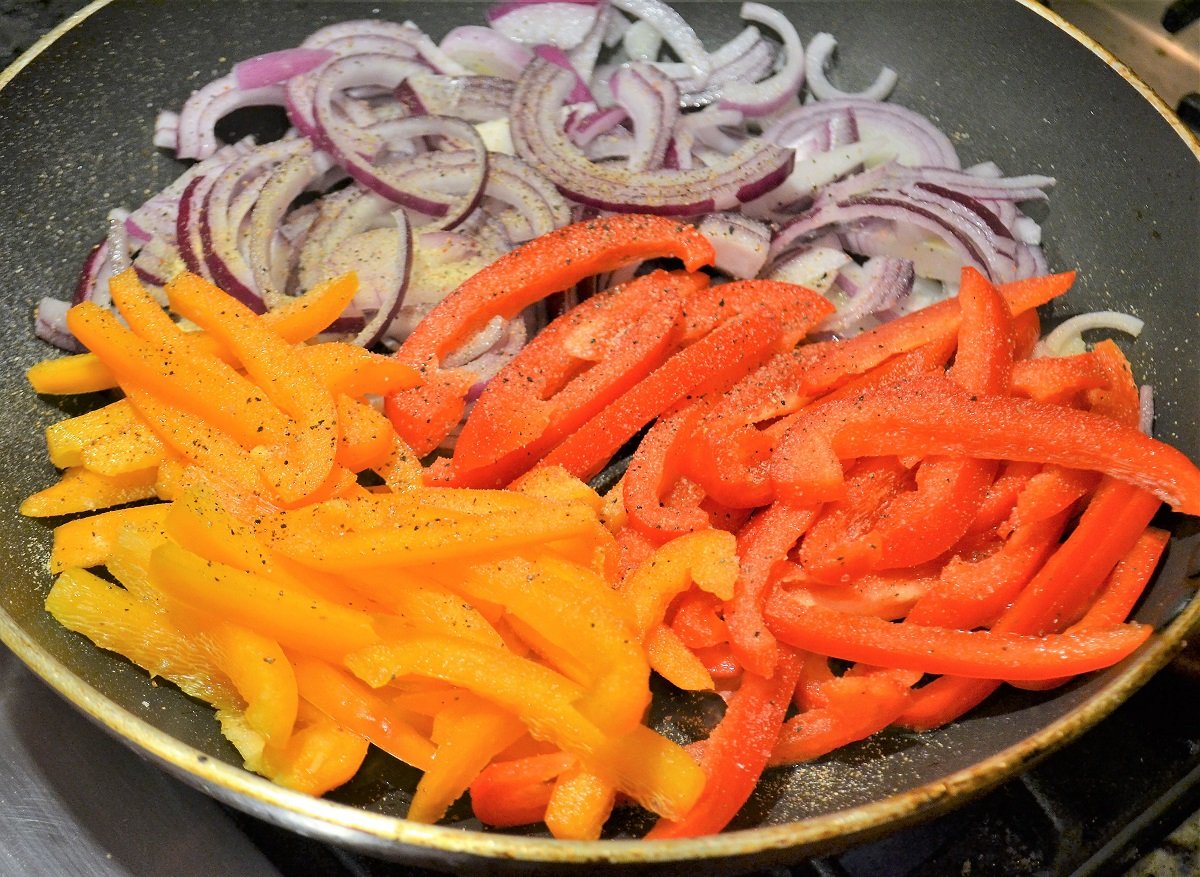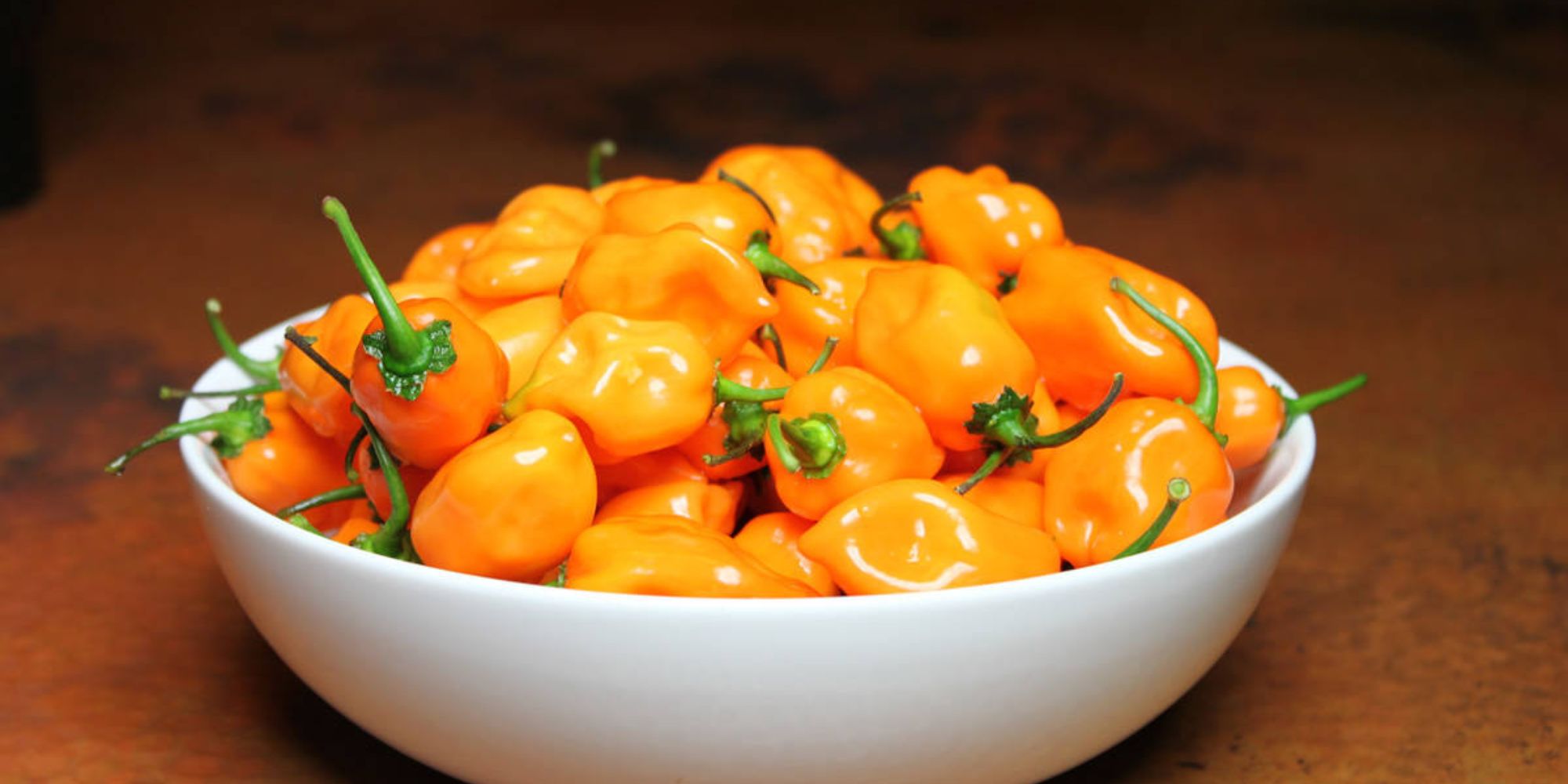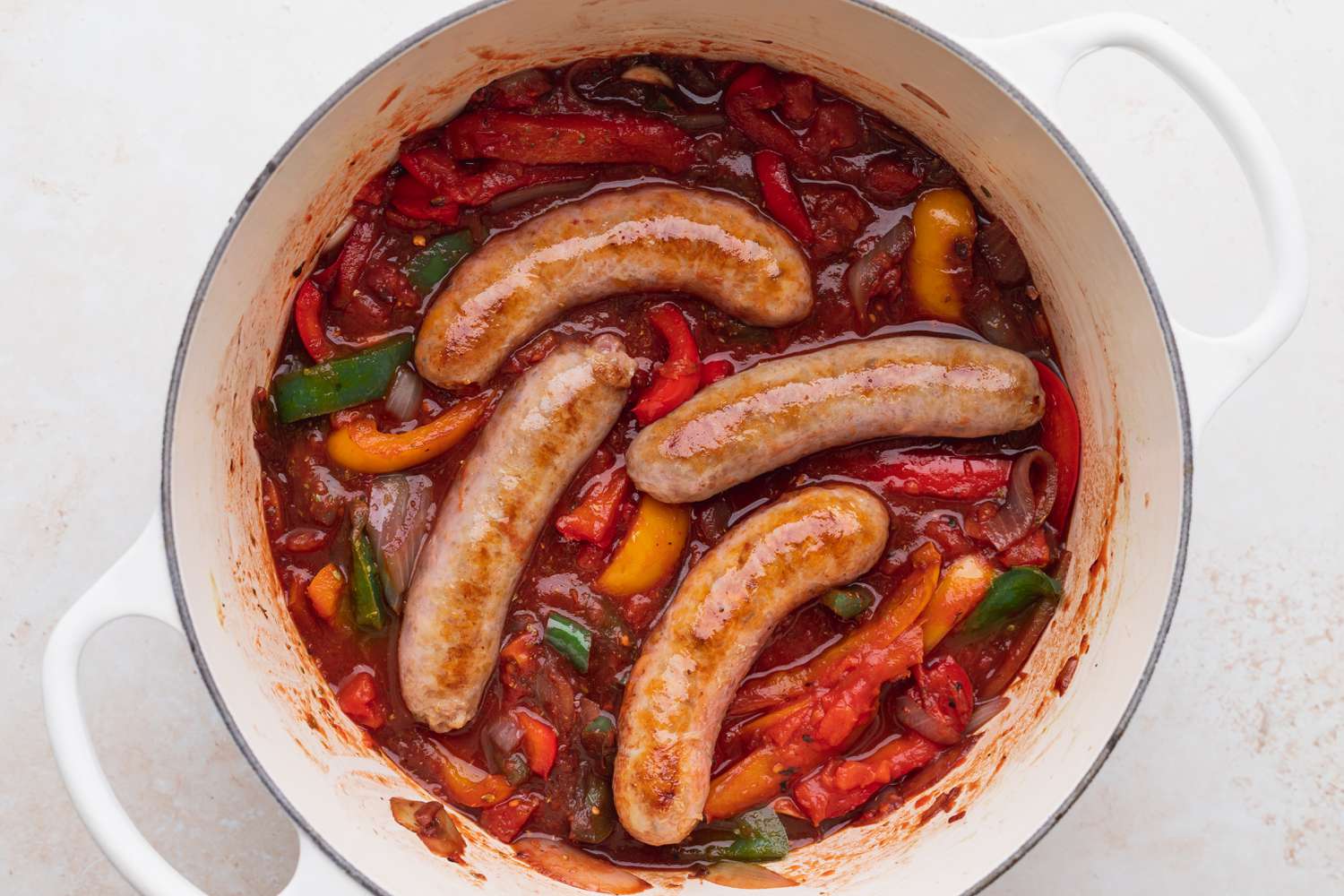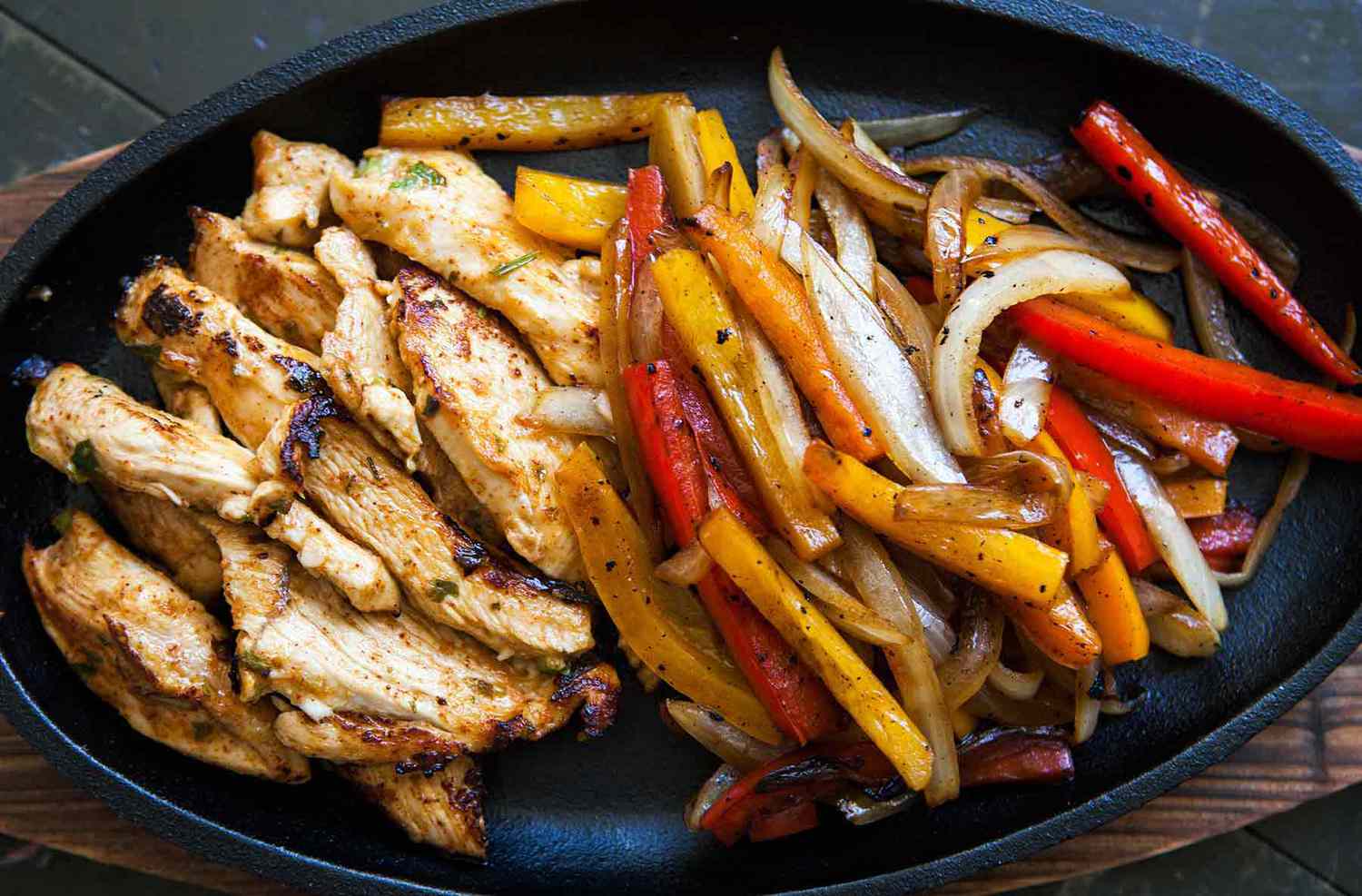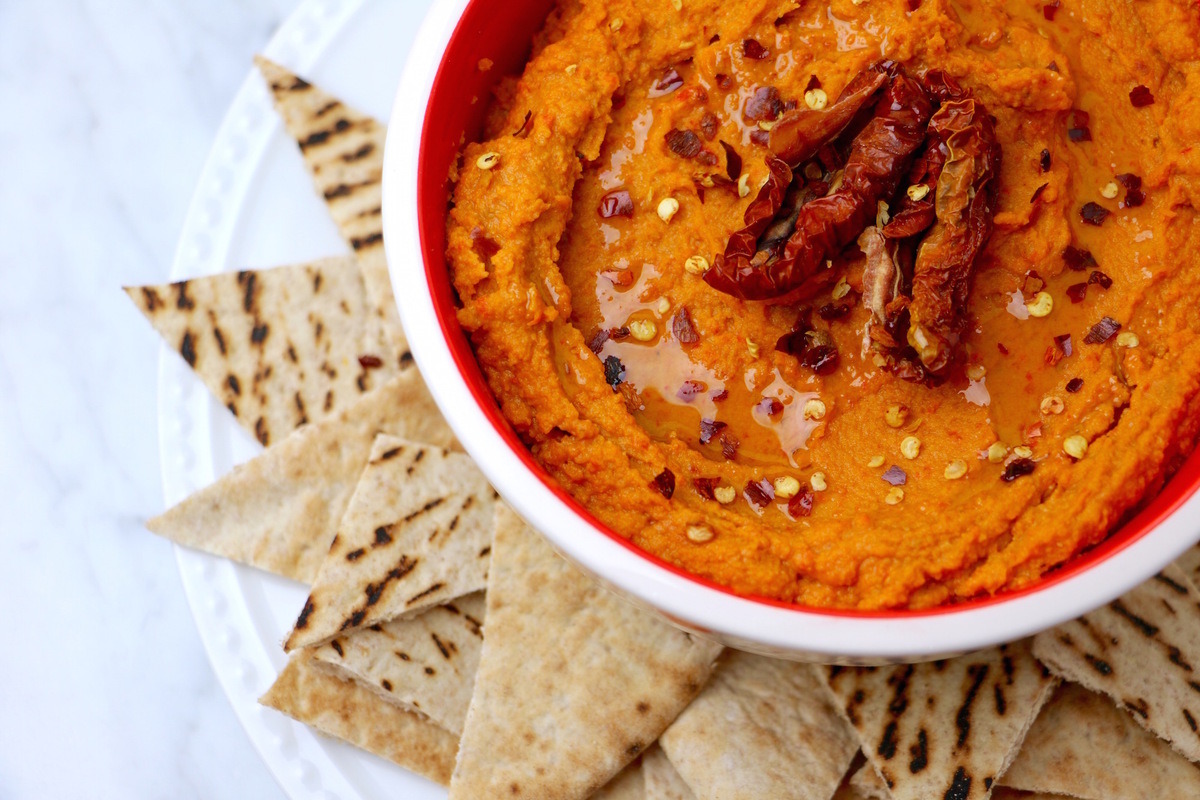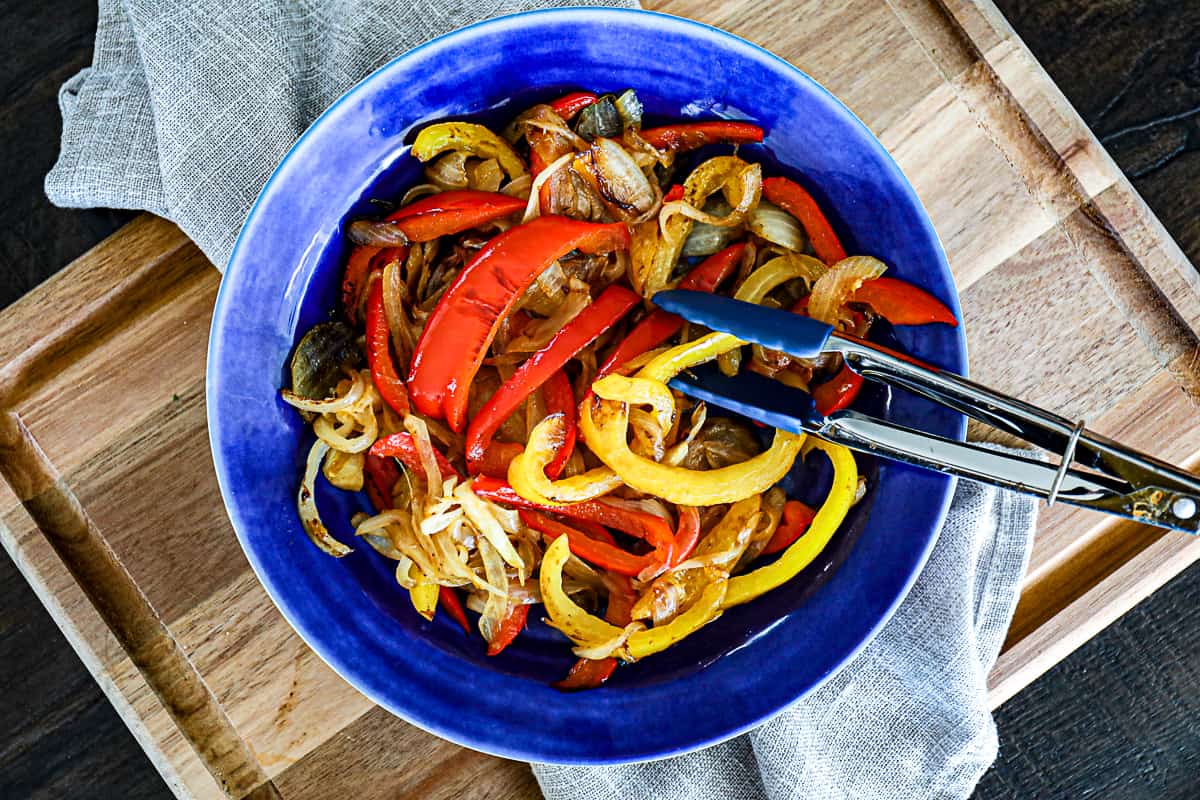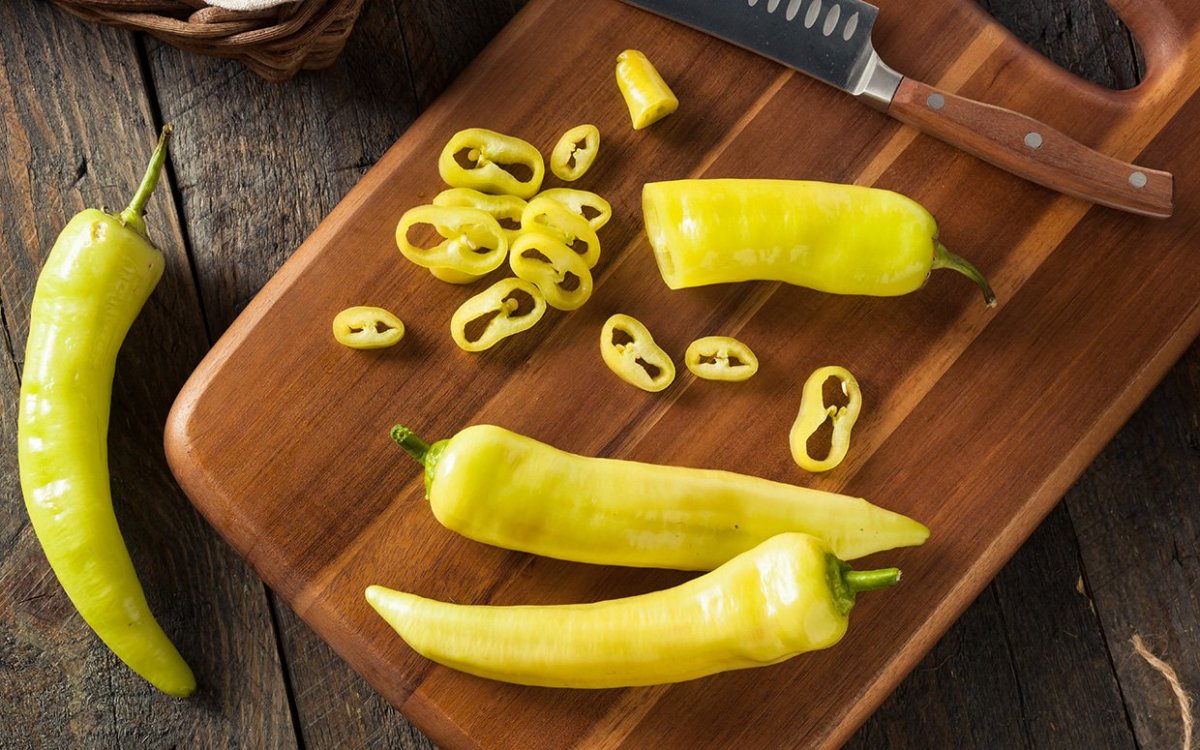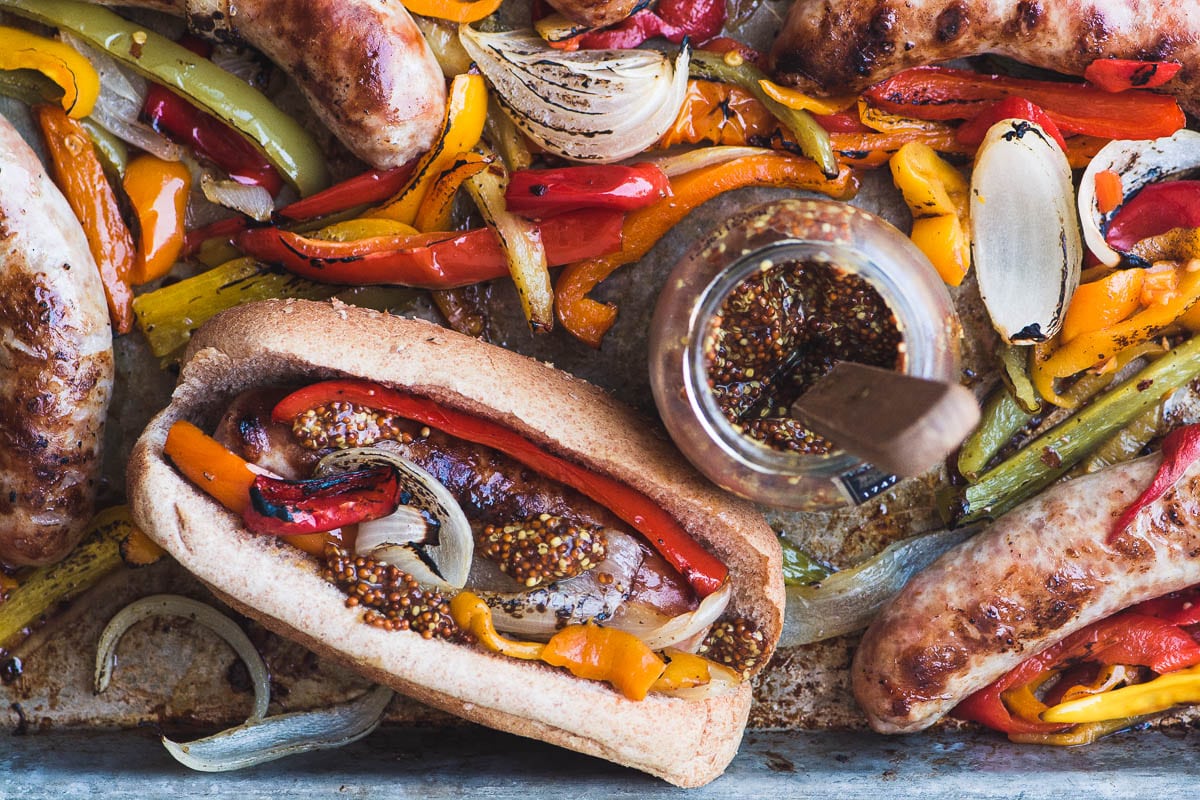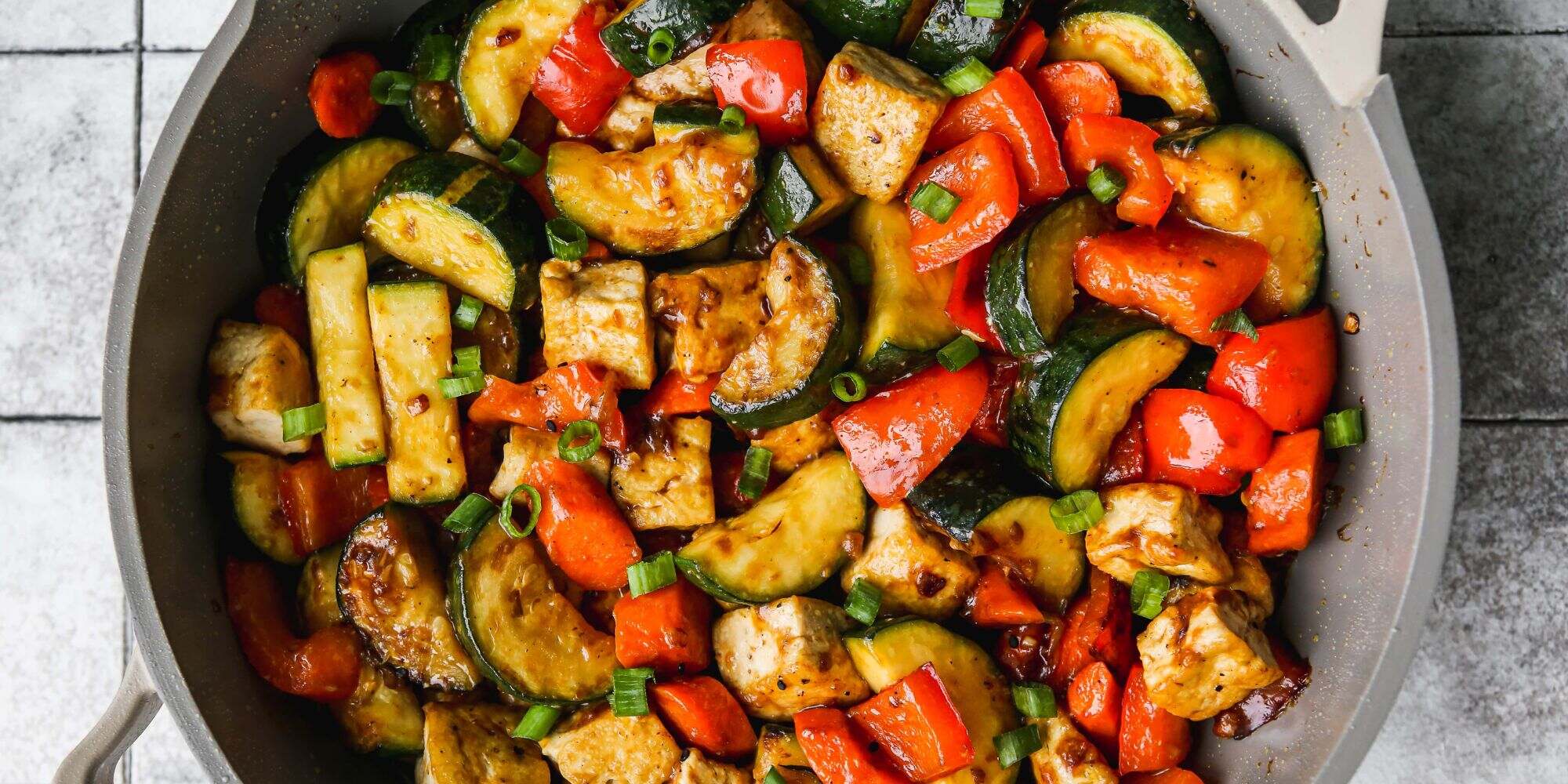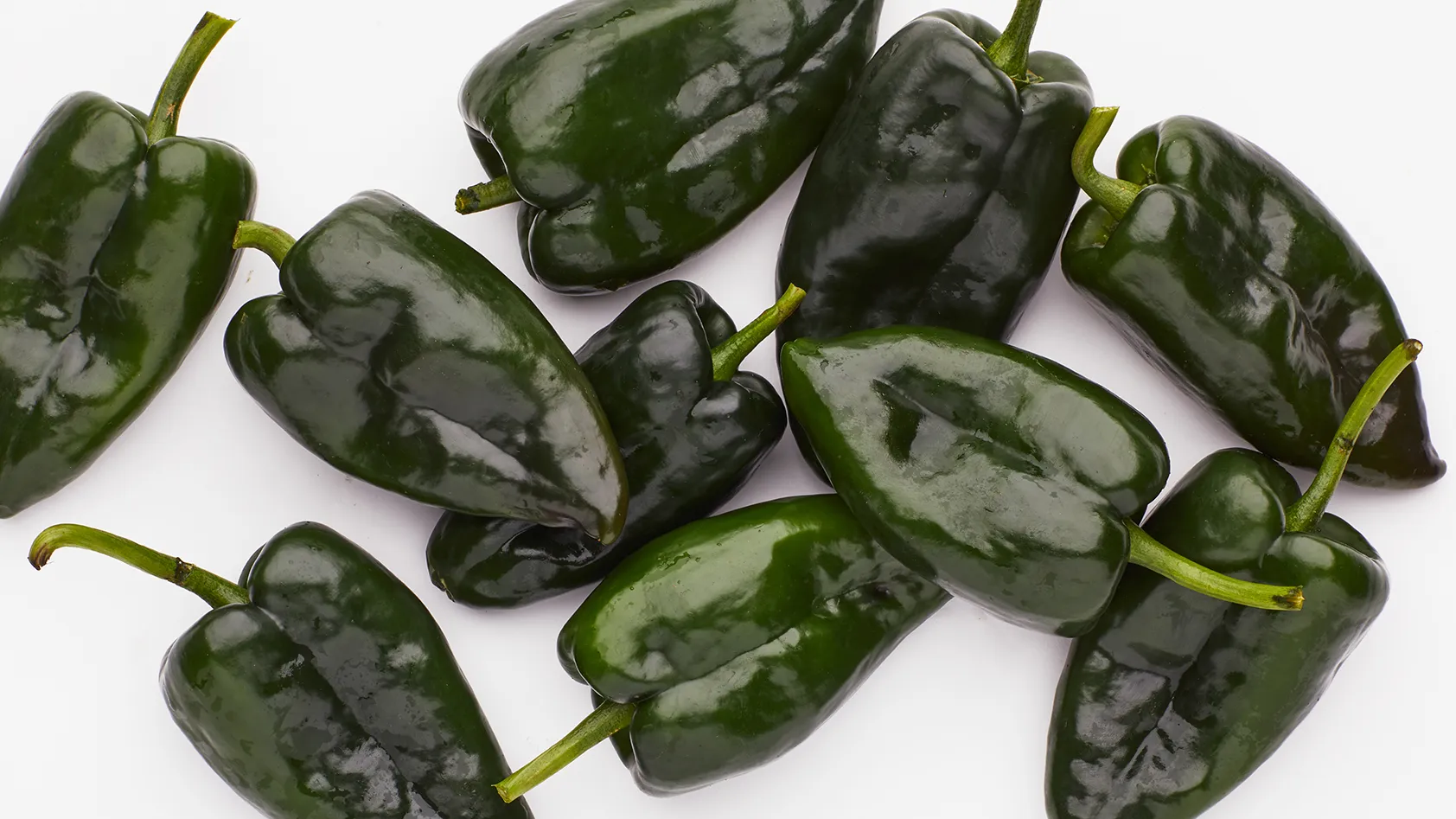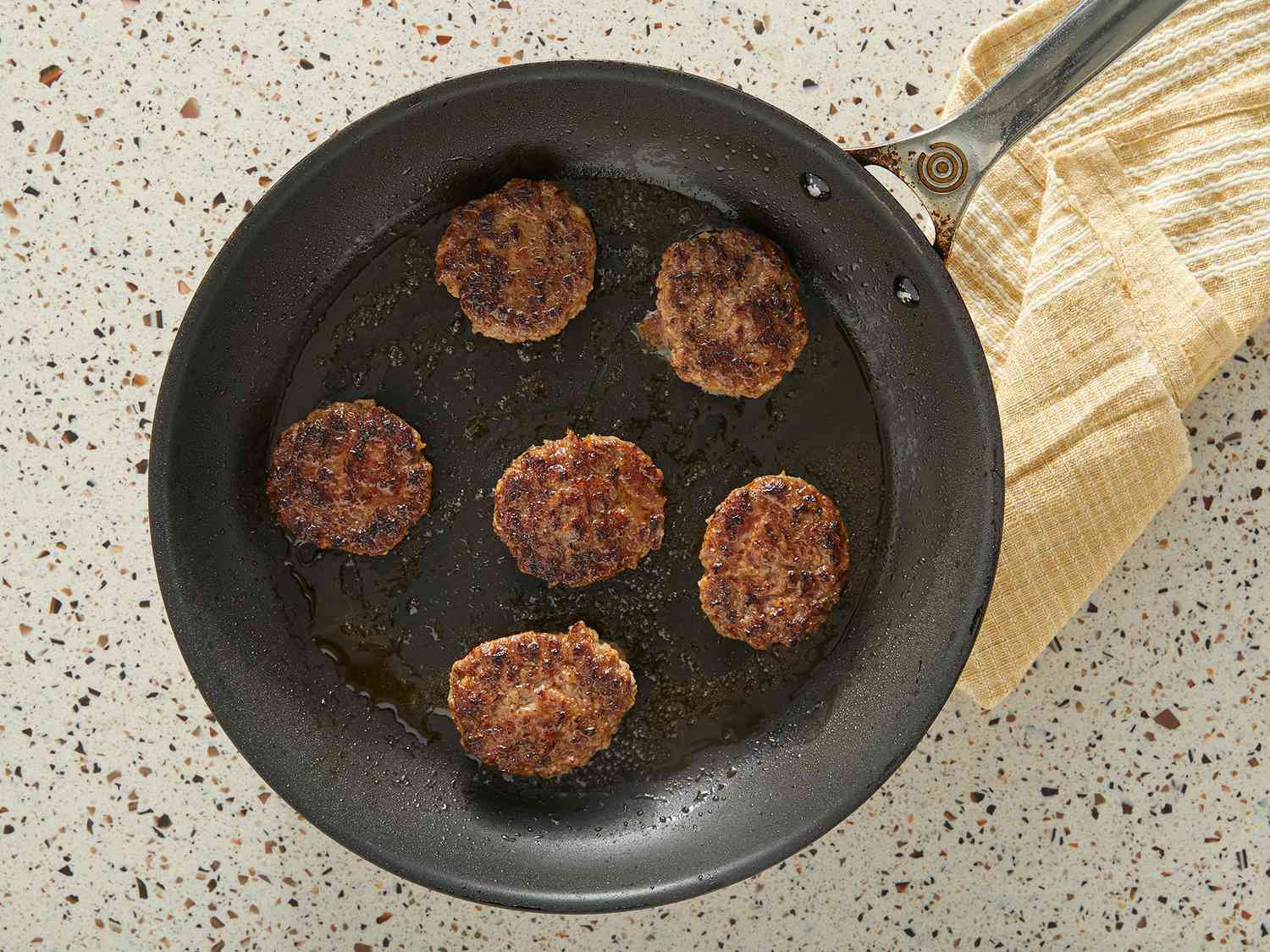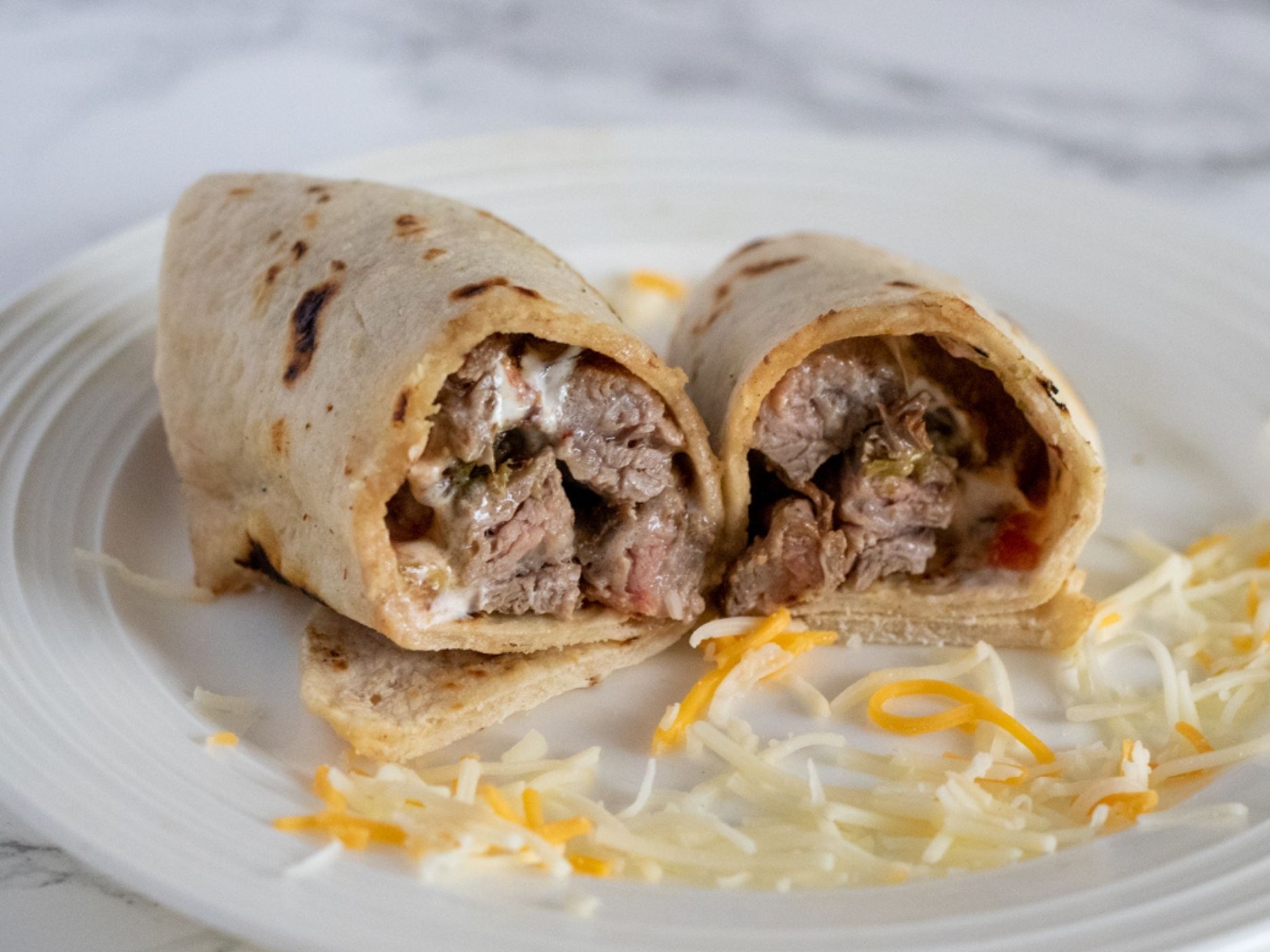Sauteing Peppers Safely
Peppers are a versatile and delicious addition to many dishes, but sauteing them can be a daunting task if you don’t know what you’re doing. With a few simple tips and tricks, you can saute peppers without putting yourself in harm’s way. Here’s how to do it safely:
Choose the Right Peppers
When it comes to sauteing peppers, it’s important to choose the right type. Bell peppers are a popular choice for sauteing due to their mild flavor and vibrant colors. Anaheim peppers are another great option, offering a slightly spicy kick without being overwhelming. Whichever type you choose, make sure to wash and dry them thoroughly before slicing.
Prep Your Workspace
Before you start sauteing, it’s essential to prep your workspace. Make sure your cutting board and knife are clean and dry, and clear any clutter from the area to prevent accidents. Open windows or turn on a ventilation fan to ensure good air circulation in the kitchen, as sauteing peppers can release pungent fumes that may cause discomfort if inhaled in large quantities.
Use the Right Cooking Oil
When sauteing peppers, it’s important to use the right type of cooking oil. Olive oil is a popular choice due to its high smoke point and delicious flavor, but vegetable oil or canola oil can also work well. Avoid using butter as it has a lower smoke point and can burn easily, releasing harmful compounds into the air.
Slice Peppers Evenly
Before sauteing, it’s crucial to slice your peppers evenly to ensure they cook at the same rate. Aim for thin, uniform slices to achieve a consistent texture and flavor in your dish. Remove the seeds and membranes from the peppers before slicing to reduce the heat level and bitterness.
Monitor Heat Carefully
When sauteing peppers, it’s important to monitor the heat carefully to avoid burning them. Start by heating the oil in a large skillet over medium-high heat. Add the sliced peppers and cook them, stirring occasionally, until they are tender-crisp. Be mindful of the heat level and adjust it as needed to prevent the peppers from scorching.
Add Flavorful Seasonings
While sauteing peppers, you can add a variety of flavorful seasonings to enhance their taste. Garlic, onions, and chili powder are popular choices that complement the natural sweetness of the peppers. Sprinkle the seasonings over the peppers and toss them gently to ensure even distribution.
Enjoy Your Sauteed Peppers
Once your peppers are tender and infused with delicious flavors, they are ready to be enjoyed. Serve them as a side dish, add them to fajitas or tacos, or incorporate them into pasta dishes for a burst of color and flavor. Sauteing peppers can add a delightful twist to your favorite recipes without putting your safety at risk.
By following these simple tips, you can saute peppers without any fear of danger. So, next time you’re in the mood for some sauteed peppers, go ahead and enjoy them without worrying about any potential risks. Happy cooking!
